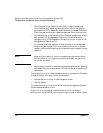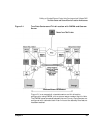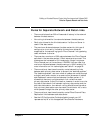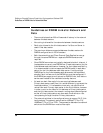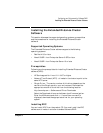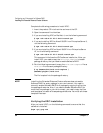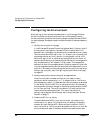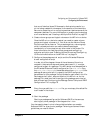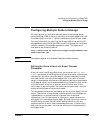
Configuring your Environment for Software RAID
Understanding Software RAID
Chapter 362
Understanding Software RAID
Redundant Array of Independent Disks (RAID) is a mechanism that
provides storage fault tolerance and, occasionally, better performance.
Software RAID is designed on the concept of RAID 1. RAID 1 uses
mirroring where data is written to two disks at the same time.
The Serviceguard XDC product uses the Multiple Device (MD) driver
and its associated tool mdadm to implement Software RAID. With
Software RAID, two disks (or disk sets) are configured so that the same
data is written on both disks as one "write transaction". So if data from
one disk set is lost, or if one disk set is rendered unavailable, the data is
always available from the second disk set. As a result, high availability of
data is guaranteed. In an extended distance cluster, the two disk sets are
in two physically separated locations, so if one location becomes
unavailable, the other location still has the data.
For more information on Linux Software RAID, see The Software-RAID
HOWTO manual available at:
http://www.tldp.org/HOWTO/Software-RAID-HOWTO.html
To enable Software RAID in your extended distance cluster, you need to
complete the following:
1. Install the extended distance cluster software.
2. Copy the files into package directories.
3. Configure packages that will use Software RAID.
The subsequent sections include information on installing Extended
Distance Cluster software, and configuring your environment for
Software RAID.



